-
Posts
5,665 -
Joined
-
Last visited
Content Type
Profiles
Forums
Gallery
Events
Posts posted by James H
-
-
22 minutes ago, vossy said:
cash isn't the problem. father time waits for no man!
Ain't that the truth! 🤣🕰️🤣
- paulsutcliffe, FrankWouts, Canute and 1 other
-
 4
4
-
10 hours ago, vossy said:
James, forgive me if I am interpreting this wrongly, but does it mean that until you build the Amati version of the 1:64 kit, and they (Amati), then develop the PE. masts etc. we will not see this released? This could take a considerable amount of time, depending on how fast you build of course. Would I be not far off the mark to suggest a couple of years at least?
Cheers
Chris
The kit is entirely developed and they have a manual, but they want the manual re-made into their current style. That means them sending me the parts and at least building and completing the hull, and me sending them the corrected/annotated photos and the text to go with it. They also want me to double-check specifics on the build too.
I don't think you're far off the mark with a couple of years, but at least it's now happening whereas a couple of months ago, there was a distinct possibility you wouldn't have seen this for much longer....if at all.
There is an upside to two years though.....time to get some cash set aside for it!
- FrankWouts, paulsutcliffe, Matrim and 3 others
-
 6
6
-
Impressive finish so far.
I bet you're looking forward to the rigging 😈
-
31 minutes ago, legend said:
Hello Jim ,
Forgot to ask your advice regarding what sort of deck equipment / supplies (barrels of water etc) would Vikings be carring on their ships ? Just for extra pieces to add to the model for a little authentic showing .
Mike
Amati add a few bits and pieces such as barrels and axes, bow, bucket etc.
-
Just now, legend said:
Hello James ,
A very interesting build , especially as I intend to build one myself . I only wish it were a little larger specifications ( say around 2ft to 2ft 6" in length ) . As you say you consider this to be the best on offer of this type of longship , is there any other model you would recommend ?
Out of curiosity , what thickness are the keel and bulkheads and also dimensions of the planking ? as my first intention was to scratch build a Viking longship (I have done similar before ) .
Kind regards .
Mike
Hi Mike,
Welcome to MSW!
Ok, off the top of my head, I don't know the thickness of the keel and bulkheads, but I would've thought between 3mm and 4mm. As for other Viking vessels that are available, you're in real luck as I have some Viking stuff coming tomorrow from Dusek Models, and I'll be doing an in-box review on MSW. I'm not sure what will be in the box yet, but I have a rough idea.
Jim
-
Not an easy undertaking at all, so kudos for bringing this to small scale.
- Canute, popeye the sailor, mtaylor and 2 others
-
 5
5
-
Looking very cool, and that laser-engraved deck really looks the part.
- Canute, mtaylor and chris watton
-
 3
3
-
- ccoyle, paulsutcliffe, lmagna and 7 others
-
 10
10
-
55 minutes ago, ccoyle said:
Hmmm -- pretty low-tech set-up. I might be able to pull off something like that.
That's exactly what it is. This is exactly how I do all of my magazine and book work for several publishers.
I subscribe to Adobe's Creative Cloud. At the moment, I have the full suite on an Educational package, but you can get just Lightroom and Photoshop for about £10/month. They are invaluable tools for anyone wanting to do anything like I do that will go into print.
-
Only a small update this time before I sand the hull and prepare it for the pear planking.
First of all, I glue the deck in place, but only down the centreline of the hull. The edges are left loose for the moment. I'll explain that in a moment. With the deck installed, the inner pear veneer bulwarks are installed. To align the bulwarks, some brass pins are inserted through the bulkheads that we saw modified in the last post.
I gradually worked my way around the frames, gluing the bulwark as I went. Small pieces of scrap pear veneer are used to protect the bulwark from the jaws of the clamps.
with the bulwarks in place and securely glued using Titebond, cocktail sticks are slipped under the bulwark, pushing the edges of the deck down so I had a nice and even gap all of the way along the bulwark. This is just under 1mm. I had to add a little shim in a few places under the deck, between the deck and the hull frames, but not too many. A scrap piece of the material from the waterways ply sheet was tested to make sure it would cover the gap.
Hopefully, there'll be minimum fuss when the waterway is fitted. Very happy with this so far.
Ok, @Peta_V, here's a photo of how I do my pictures. This is quite a small area which I primarily used for photographing 1:32 model aircraft, and I will need to expand when I start the Amati 1:64 HMS Victory build in a couple of months. I use two Tri-phosphor Spiral CFL Daylight Balanced Pure White Light Bulb with 5500K Color Temperature (85W) for my lighting, diffused with bubble-wrap. The card is A0 in size and described as 'Ice White' which is perfect for sorting my white balance. The camera is a Nikon D5100 DSLR, used with a 18-55mm VR Lens. I sometimes use my 35mm lens, but I've no real need for most work. Camera is set to Manual mode.
Photos are then processed through Adobe Lightroom and Photoshop.
- Chuck, chris watton, egen and 16 others
-
 19
19
-
-
23 minutes ago, Vane said:
Just out of curiosity and maybe you dont want to answer (fully understandable if so):
1) Why did Caldercraft not go with a 1:64 as the rest of the Nelson Navy series?
2) Why did Caldercraft simply stop designing New kits?
Chris already answered the first one, and that was because it was what he was asked to do.
No one knows why they aren't releasing new designs. You could email and ask them I suppose.
- FrankWouts, mtaylor and Canute
-
 3
3
-
The current position is that I need to build Amati another Victory for their new style of instruction manual. I'll have the parts around Sept/Oct. From there, I'll do a build log (of sorts) here and as soon as complete (minus masts as those are done via drawings), Amati will compile their photo manual from what I send them (pics and text).
They'll need to get their PE and laser cutting made, plus boxes, fittings, plans etc. Then you'll see a release. I presume that they will be ordering in their materials in the latter stages of the build, once they know no changes need to be made.
NOTE: Renamed the topic title to reflect the discussion on the Amati kit.
- ccoyle, FrankWouts, mtaylor and 1 other
-
 4
4
-
2 hours ago, Peta_V said:
Thanks a lot guys for a kind words. I'm really glad you like it.
I can't wait how the planking will look like after oil🧐 Should be really nice colour!
What oil are you using?
Will this not cause the grain to raise?
-
10 hours ago, Peta_V said:
I would love to know how you are doing this.
I'll take a photo of what I use to create the pictures when I do my next update.
- Peta_V, Mirabell61, mtaylor and 3 others
-
 6
6
-
4 minutes ago, Peta_V said:
Looks like I can stop my photo thread. And you will do that job much better! I will not confuse with bad photos anymore. Perfect pictures making the work better👍
I'm afraid my magazine photo style dies hard with me. 📖 My apologies.
Your build is what is inspiring my work!
-
I've had a couple of days away from the bench for various reasons, so it was good to get back and work on this lovely little kit again.
As per instruction, the laser-printed deck was test fitted to the hull to check the fit in the inner bow area. I was pretty pleased with this. On frame on the port side helped create a small gap but that will be hidden when the inner bulwarks are fitted, and of course, there are the waterways to install also.
Some port and starboard frames need to have a slot added to them to accommodate a 0.6mm brass pin. These are created with a fine razor saw and a scalpel knife. Once made, a small piece of pear is added to them and when dry, a 0.6mm drill bit is passed through to ensure clean passage for the pin. These pins will help to locate the inner bulwarks and it's important that the frames are matched up against the bulwarks as they are being added. I opted NOT to add the pear gun port linings as I would lose the laser-engraved marks on those faces. I could've done it, but it didn't seem to be really worth that extra effort.
At this point, I do a little work on the deck. First, some pear-faced ply parts are used to line the deck apertures. These sit roughly 0.4mm lower than thee decl surface. Some sanding was needed to make sure the ply parts fit into the holes. CA was used to glue these and then dry, the underside of the parts were sanded flush with the deck underside before some reinforcement parts were added. Lastly, two beams were added which gives the deck the required camber.
More soon...
- GrandpaPhil, ccoyle, Edwardkenway and 18 others
-
 21
21
-
21 minutes ago, Jaager said:
Kevin,
No matter how much jest is involved, unless you have access to a mansion sized building, either realization is a bit overwhelming.
The Cutty Sark would be easier, but larger. At 1:48 a masted model is for all intents 6 feet long and about that tall. The Saint-Philippe is about 6 inches shorter. I have lofted Philippe at 1:120 and played with the framing. The hull is about the size of a brig: USS Porpoise at 1:60. Having second thoughts about doing a miniature, I looked at redoing the timbers at 1:60 using Navy Board style framing. I hit breaks real fast when it demonstrated that the mid ship floor timber is too large to be had from a 2 inch wide piece of stock. And the mid ship floor is the straightest, least carnivorous floor. A POF at 1:36 ---- a Baby Huey that needs lots and lots of lumber to frame. Framing at 1:48 would put a serious hurt on a 50 bf lumber stock.
If you were just married when you started these two, you would possibly be paying for your kid's college when you finished.
The Saint-Philippe is a late 17th century first rate with magnificent excess in its decoration. It could easily stand as a magnificent magnum opus for any modeler.
A fair summary.
You could pull it in at just over 4ft long if you were to build the hull as an Admiralty-style model with all framing on show. I think that's how I would do it, or I'd need a much bigger house.
-
-
-
Monograph - The Saint-Philippe -1693
Jean-Claude LEMINEUR
Ancre
Catalogue # PHILA (for the English, 1:48 complete edition)
Available from Ancre from €225,00 (scale drawing size dependent)
The Saint Philippe was a First Rank ship of the line of the French Royal Navy, the second vessel in the two-ship Tonnant Class (her sister being the Tonnant). This ship was ordered in late 1692 to be built at Toulon Dockyard, and on 20 January 1693 she was allotted the name Saint Philippe, taking the name of a ship lost in the Action at La Hogue in June 1692. The designer and builder of both ships was François Coulomb, and they represented an enlargement of his design of 1691 for the Sceptre, with an extra pair of guns (and gun ports) added on each level. They were three-decker ships without forecastles. The Saint Philippe was launched on October 1693 and completed in December of the same year. She was initially armed with 90 guns, comprising twenty-eight 36-pounders on the lower deck, thirty 18-pounders on the middle deck, twenty-six 12-pounders on the upper deck, and six 6-pounders on the quarterdeck. The Saint Philippe was rebuilt at Toulon from February 1699 to 1700; she took part in the Battle of Vélez-Málaga on 24 August 1703. In July 1707 - during the siege of Toulon - she and her sister were undergoing a refit in the basin of Le Mourillon and avoided the scuttling order which affected most other French ships at Toulon; they were sailed to counter the British attack, and subsequently were used as floating batteries. The Saint Philippe was condemned at Toulon on 18 August 1714 and was subsequently taken to pieces.
The Monograph
The Saint-Philippe – 1693 is the very latest monograph from Ancre, having only been released a few months ago. I’ve seen numerous Monographs over the years, being lucky enough to thumb through them and be astounded at the levels of detail within. For me, this is the very first time that I’ve actually owned one, with this being sent by Ancre for review here on Model Ship World.
Be in no doubt, this Monograph is heavy. The website itself tells you that it weighs around 4.5kg (almost 10lbs, for our imperial users), and it arrived by courier in a superbly packed and padded box, along with the other titles. Saint-Philippe itself is also has a clear film wrap that needs to be removed before we can explore further. Written by Jean-Claude Lemineur and translated by François Fougerat, this set is presented in a large presentation semi-slip case that opens out totally to reveal the contents within. The slip itself is jacketed like a conventional book, with a beautiful photograph of José Tuset’s completed model on the cover.
General statistics for this Monograph are:
BOOK MAKEUP
- 220-page brochure containing the source, the history and reduced-scale plates with commentaries
- 16 page full-color booklet showing details of admiralty-style rigged models
- 45 large format plates showing the full description of the vessel. (The sails and The Saint-Philippe under sail 1/96)
Chapter 1 - Presentation of sources
- 1.1 Data defining the general architecture and construction elements
- 1.2 Elements of decoration
- 1.3 Colors used in the days of the Saint-Philippe
- 1.4 Discussion about the theme of the decoration
- 1.5 Origins of vessels of the class of the Saint-Philippe
- 1.6 State of the Navy after 1692.
Chapter II - Flag-carrying vessels
- 2.1 Saint-Philippe, 1662 – 1692
- 2.2 Royal Louis 1668 – 1697
- 2.3 Soleil Royal 1669 – 1692.
Chapter III- The Coulombs, father and son and the Toulon naval constructions.
Chapter IV- Evolution of bronze guns casting.
Chapter V- Summary of the Saint-Philippe’s operational career.
Chapter VI- Description of the timber structure.
Construction of the vessel accompanied by 31 reduced scale plates.
Chapter VII- Drawings and commentaries of the plates.
Chapter VIII- Commentaries on photographs of models.
1/72 dimensions
Hull L: 86cm, W: 24cm, H: 32cm
Fully Rigged L: 105cm, W: 42cm, H: 90cm
1/48 dimensions
Hull L: 129cm, W: 36cm, H: 48cm
Fully Rigged L: 158cm, W: 63cm, W: 135cm
1/36 dimensions
Hull L: 171cm, W: 48cm, H: 63cm
Fully Rigged L: 210cm, W: 84cm, H: 180cm
45 plates
- Pl.1 Schematic elevation of the vessel
- Pl.2 Schematic plan
- Pl.3 Body plan
- Pl.4 Construction of the head
- Pl.5 Construction of the stern-frame
- Pl.6 to Pl.14 Profile of the frames.
- Pl.15 Elevation of the timber framing
- Pl.16 Longitudinal section without furniture
- Pl.17 Longitudinal section including furniture
- Pl.18 Cross-section of the stern at station frame VI aft
- Pl.19 Cross-sections at station frames V aft to III aft
- Pl.20 Cross-sections at frames II aft to the main middle mould
- Pl.21 Cross-sections from the main middle mould to frame II forward
- Pl.22 Cross-sections from frame III to V forward
- Pl.23 Plan of the hold
- Pl.24 Arrangements in the hold and orlop deck
- Pl.25 Plan of the first deck timber structure
- Pl.26 Plan of the first deck including furniture
- Pl.27 Plan of the second deck timber structure
- Pl.28 Plan of the second deck including furniture
- Pl.29 Plan of the third deck timber structure
- Pl.30 Plan of the third deck including furniture
- Pl.31 Plan of the quarterdeck timber structure
- Pl.32 Plan of the quarterdeck accommodations and poop deck timber structure
- Pl.33 Elevation view of the planked hull
- Pl.34 Elevation view of the decorated hull
- Pl.35 Structure of the stern and quarter-galleries
- Pl.36 Decoration of the stern and head
- Pl.37 Furniture I - Anchors - artillery - galley
- Pl.38 Furniture II - Rudder - capstan - bitts
- Pl.39 Furniture III - hatches - longboat - boats
- Pl.40 Decoration and furnishings of the accommodations
- Pl.41 Mainmast spars
- Pl.42 Foremast spars
- Pl.43 Mizzenmast and bowsprit spars
- Pl.44 Sails (1/96 scale)
- Pl.45 The St-Philippe under sail (1/96 scale)
Translated by François Fougerat
Model under sail by José Tuset
Michel Magerotte's single shell model
Book Images
Plate Images (very small sample)
Images from colour brochure, of completed model
Conclusion
I’m still getting to grips with actually owning something as beautifully presented and comprehensive as this publication for the Saint-Philippe. It really is a masterpiece in its own right, and you’ll need some considerable shelf space to store it. The book is a beautifully printed perfect-boundpublication with high quality finish paper. As Ancre themselves say, “The rare nature of studies dedicated to Louis XIV’s navy, the prestige surrounding the vessel under study, the abundance of pictorial information and the rich nature of the numerous commentaries makes this monograph a matchless trove”,and that really can’t be doubted whatsoever. This is an epic release, and if you like the large, triple gun deck ships, then this should have a place on your shelf, even if it’s only to pour over the sheer wealth of detail that has been put together by its author. Working with the plans will be a delight as the drawings are all fine line, ensuring the correct size of parts when you measure up against them. They are also all very neatly folded, with no unnecessary creases. Having the colour booklet with a completed model will also not just give inspiration but gives you a rough idea of what you need to be aiming for, as well as such gorgeous details such as the interior curved staircases and their unusual format/layout. The book not only grounds you in the history surrounding the vessel and its origins and protagonists, but also into the construction of what must’ve been a most impressive ship, even for those days of ornamentation. Amazing to think that you can actually build a complete, miniature ship from this set, down to every smallest detail.Now….I just need a house big enough to build this model!
The Saint-Philippe – 1693 is available in English, French and Italian languages, and plans are available in 1:72, 1:48, and 1:36 scales. The plans may also be purchased separately without the book, in 1:72 and 1:36 scales. Check out the options on the Ancre website.
My thanks to Didier Berti of Ancre, for sending this Monograph out for review here on Model Ship World. To purchase directly, click the link at the top of the article.
-
Please can we keep any discussion strictly to the build log subject?
I've had to cull numerous posts.
-
6 minutes ago, Peta_V said:
Hi Jim.
Seeing your progress I have one idea how to make an improvement. Unfortunately for me it was too late when I have noticed it

It is regarding inner structure of the gun and oar ports. In the kit this is done from plywood which for an eye is distracting as it has different lighter colour
This should be fairly easy to improve and make it from pear as well so all is in same kind of wood.
Instead of those parts I would use some spare pear wood from the kit.
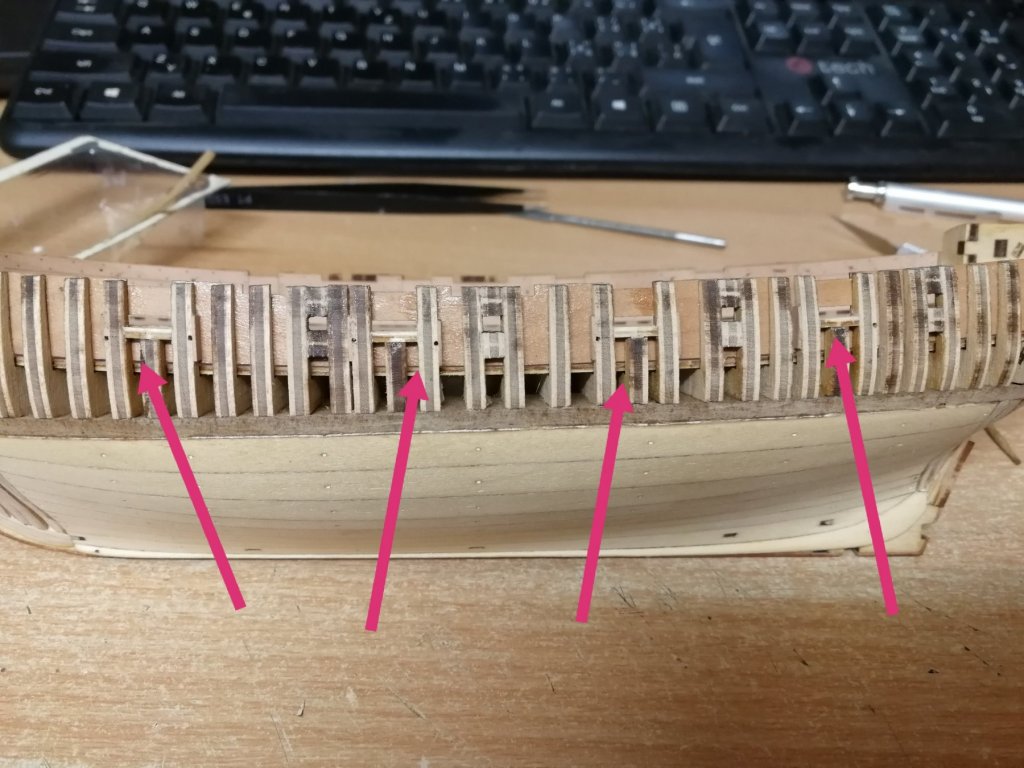 There is enough for that. And you would also need to adjust the respective frames. I would cut of the thin top layer of plywood and replace it with pear veneer (again enough screp wood in the box). I think this is fairly easy to do and it will look great on the model! Perhaps you could consider it since you are still OK to do this. I have noticed too late when I have the bulwark planking glued in place
There is enough for that. And you would also need to adjust the respective frames. I would cut of the thin top layer of plywood and replace it with pear veneer (again enough screp wood in the box). I think this is fairly easy to do and it will look great on the model! Perhaps you could consider it since you are still OK to do this. I have noticed too late when I have the bulwark planking glued in place 
PetaV
What a great idea!
Yes, I'll do that. There's plenty of pear veneer to it. I'm starting to prepare the frames now, so this is a good time. ☺️
-
Only a little update today as I've been playing around with the upper bow timbers and fairing them into the adjacent ones.
In these pictures, most of the subsequent upper timbers are only plugged into position to gauge a few things as I progress, plus I was interested in seeing how things would look! I was a little worried that the bow timbers wouldn't sand evenly into each other, but I needn't have as all is perfectly ok. My thanks to Peta_V for his encouraging words too.
A Dremel was used to profile/finish the interior bow area, and a medium grit sanding stick was employed on the exterior. next up is adding the notches to some of the frames and dry fitting them against the pear inner bulwark lining.
- Ryland Craze, lmagna, catopower and 13 others
-
 16
16

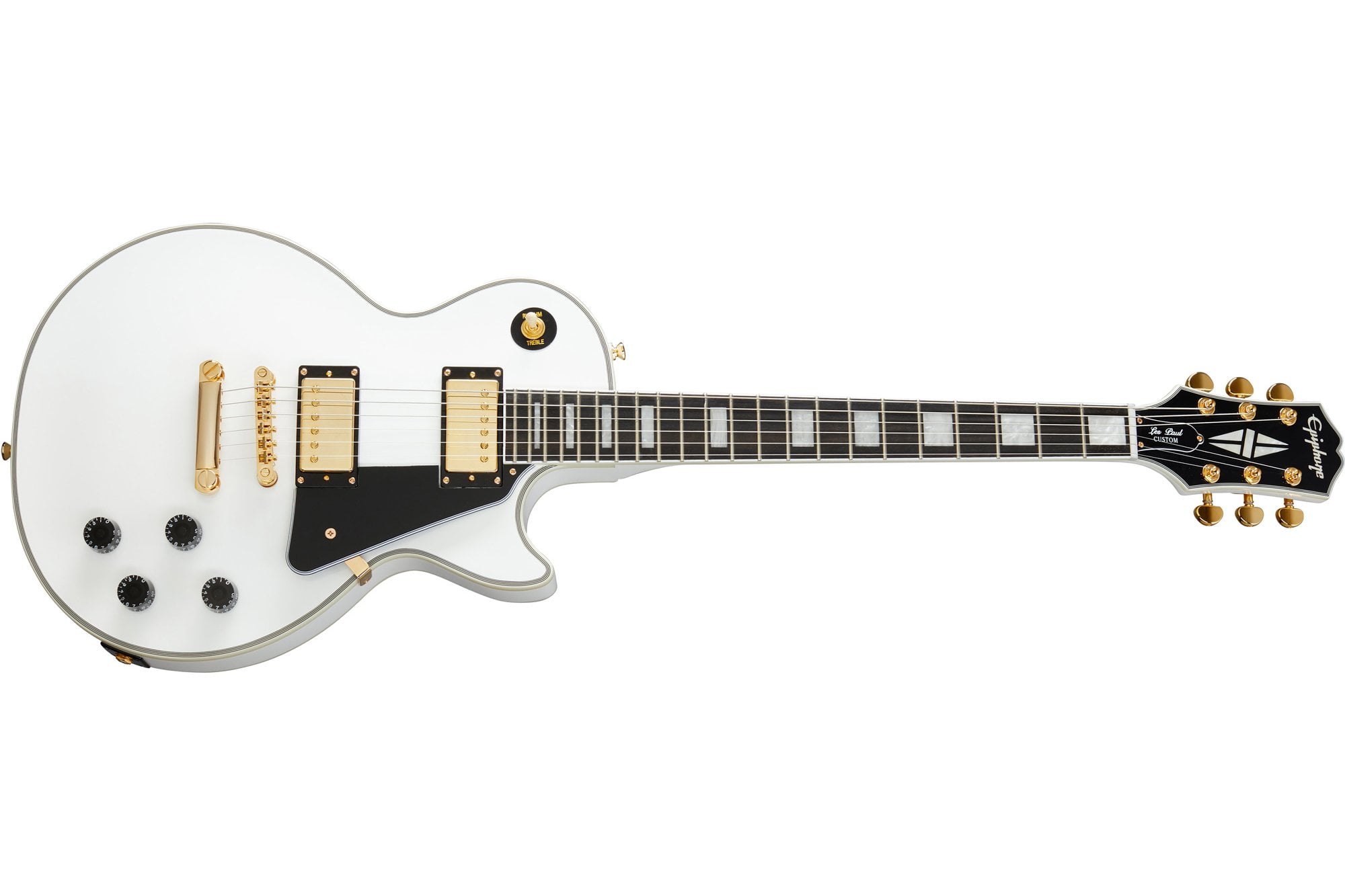

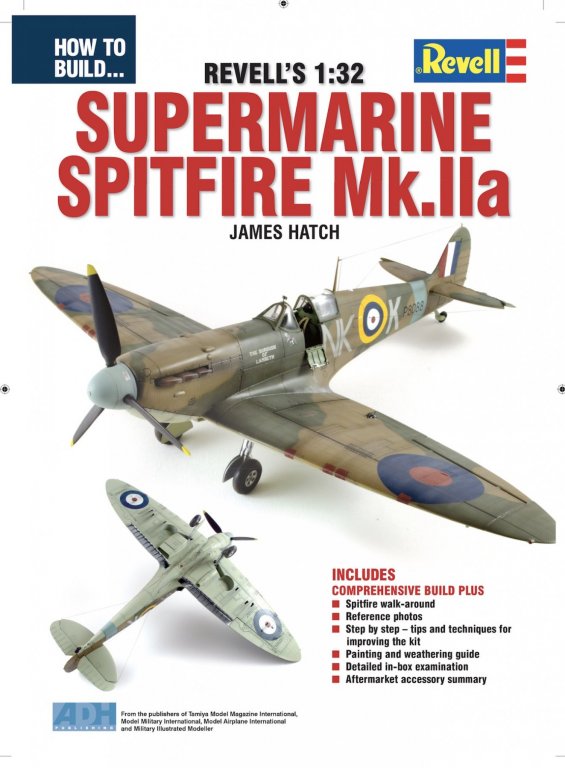
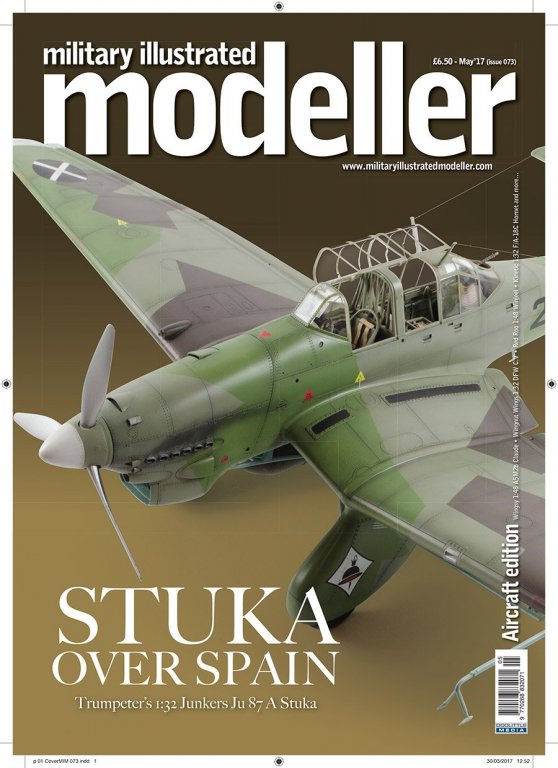
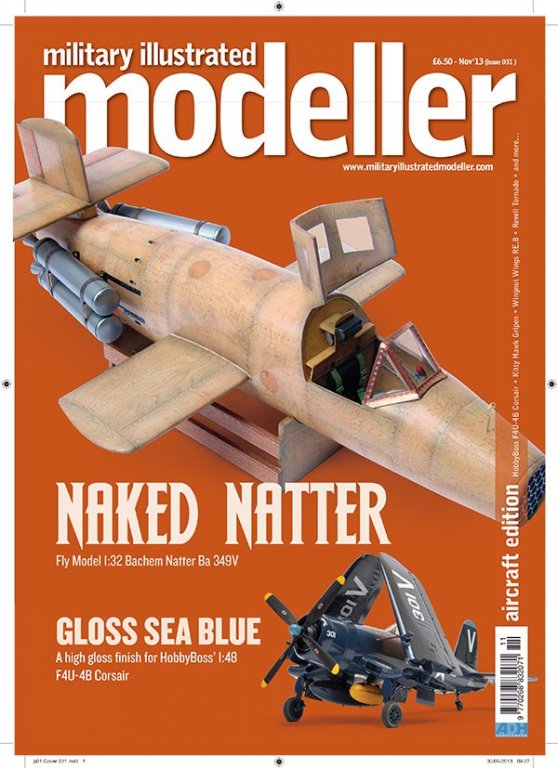
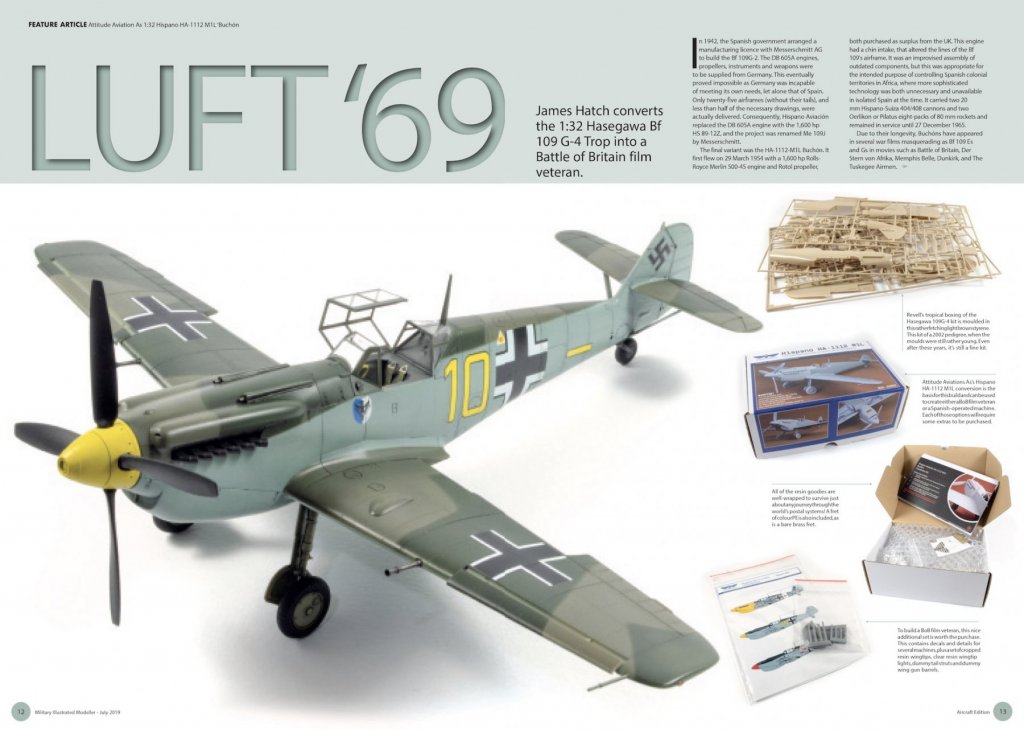
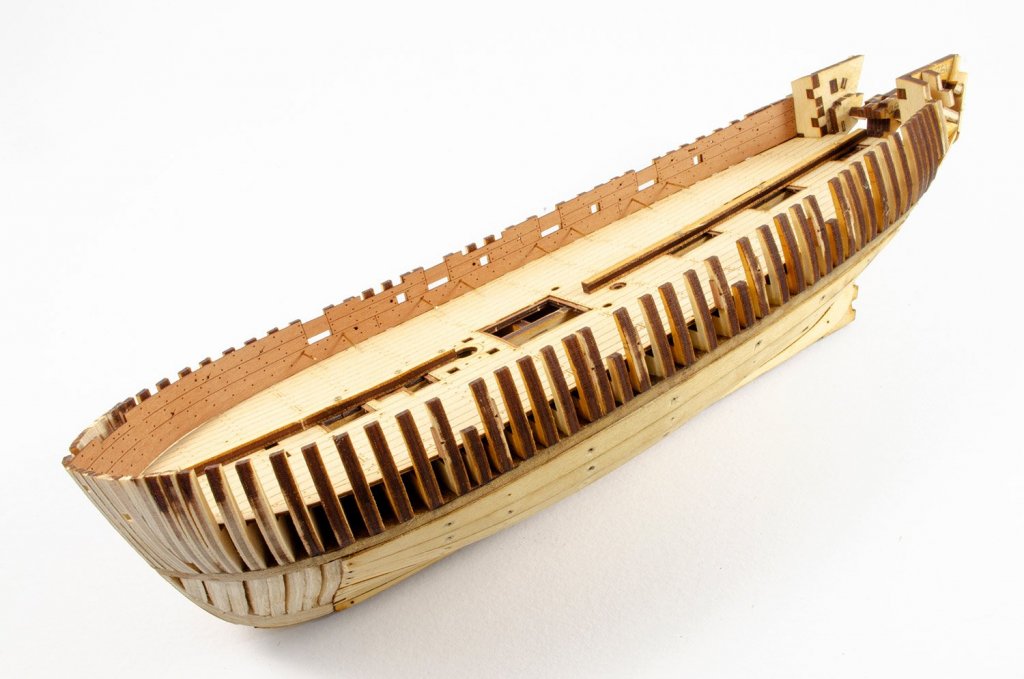
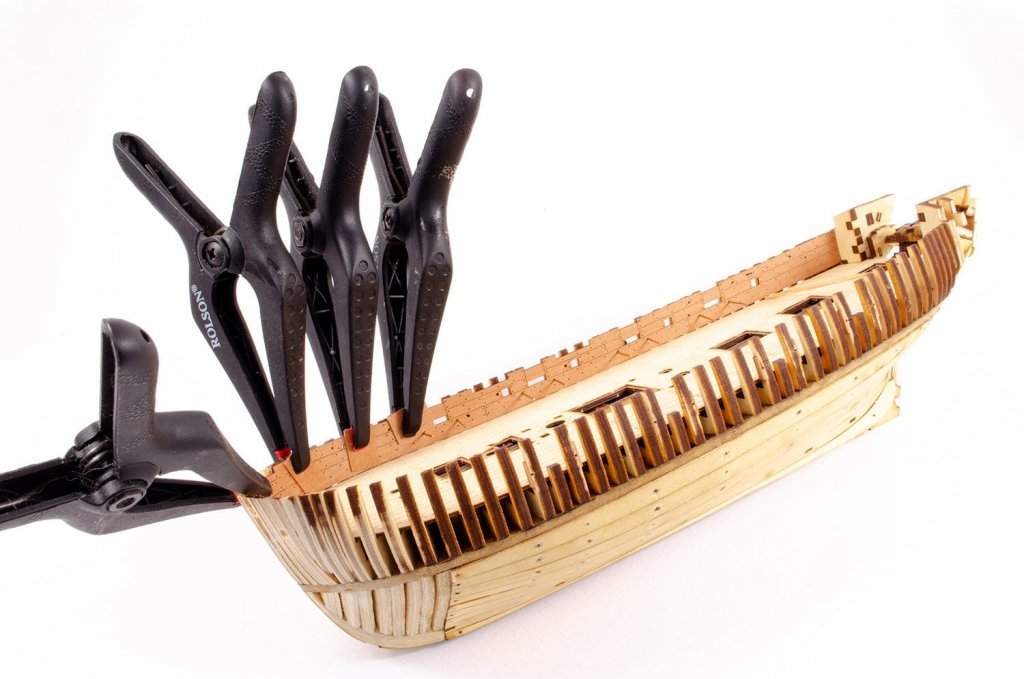
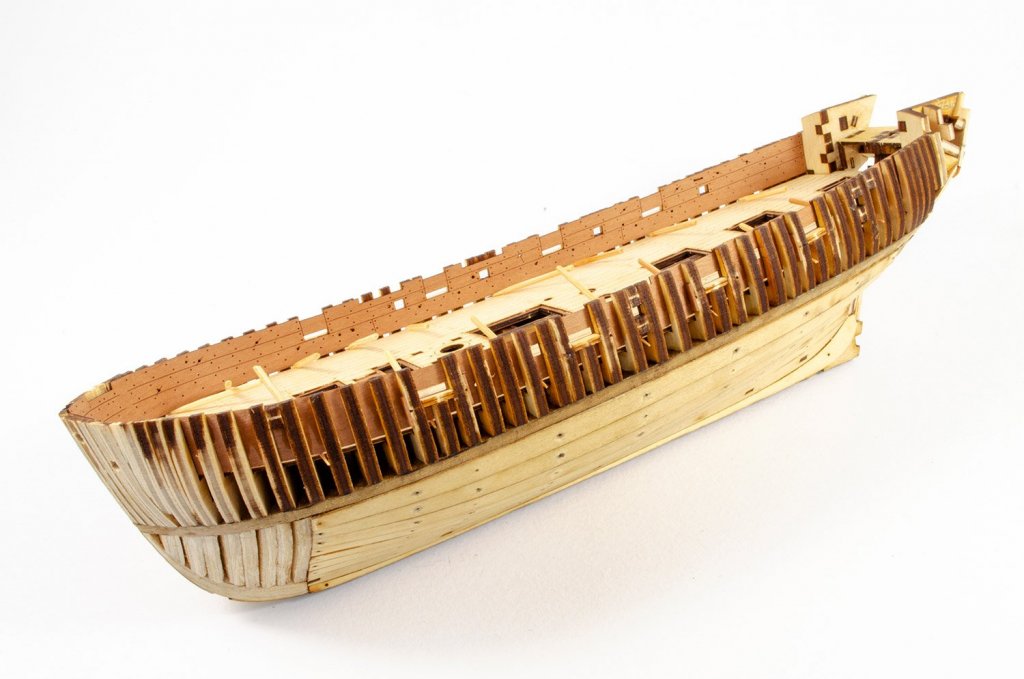
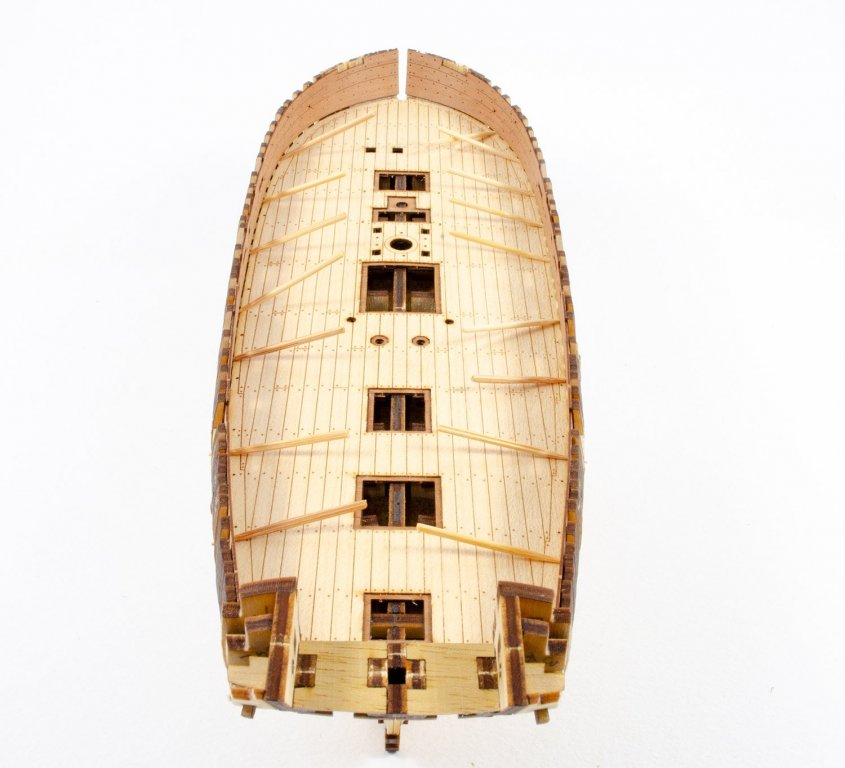
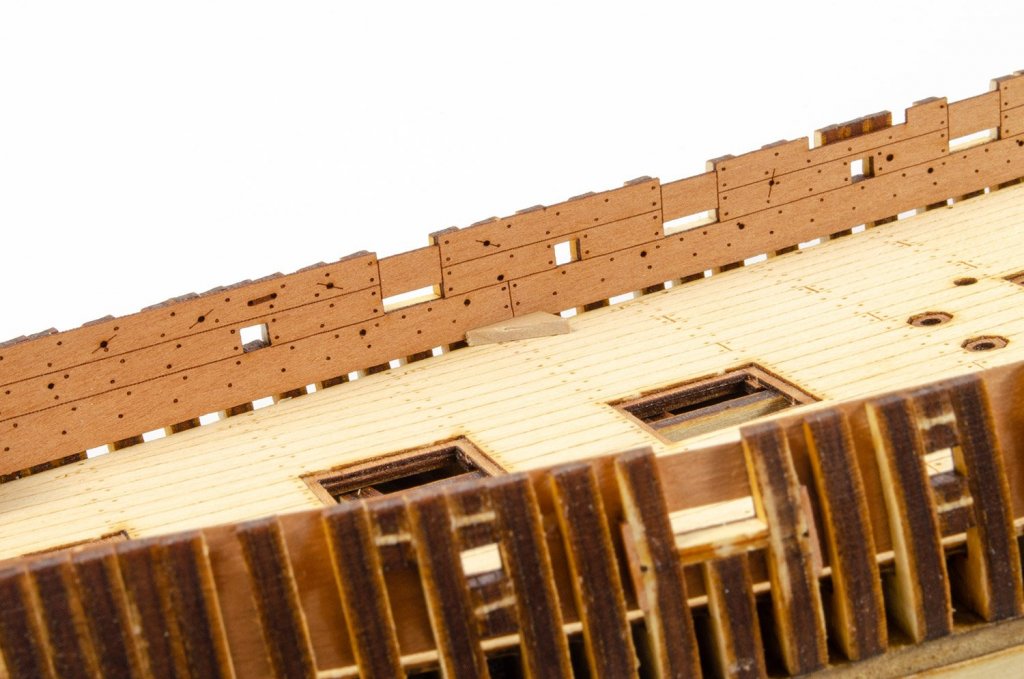
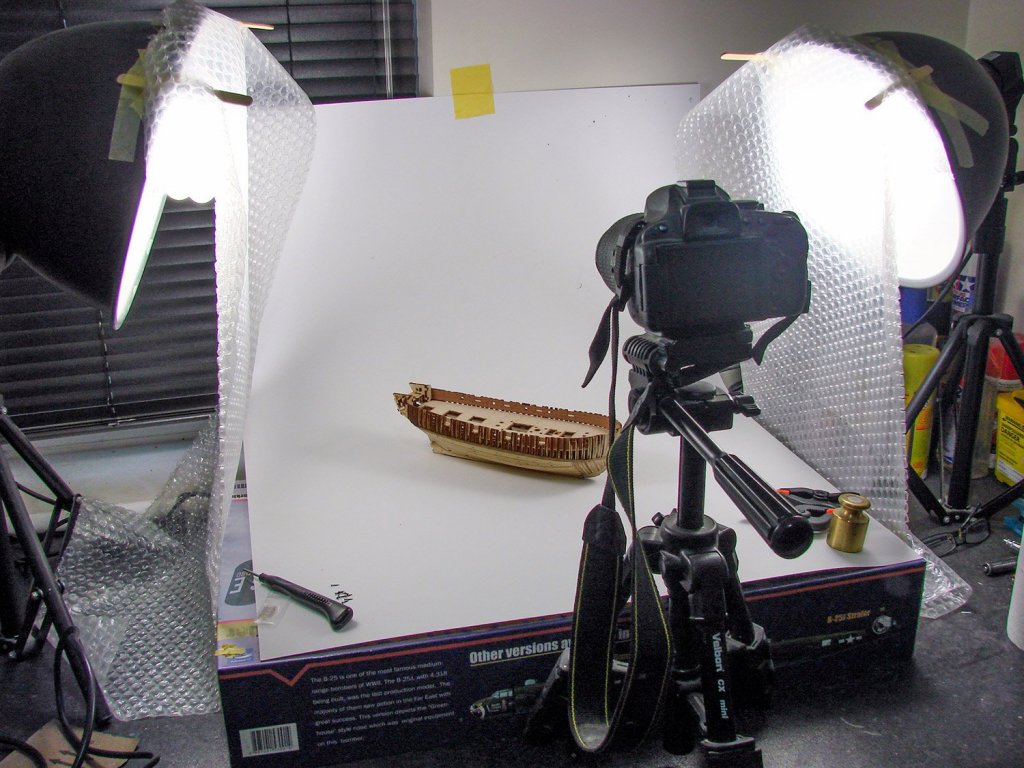
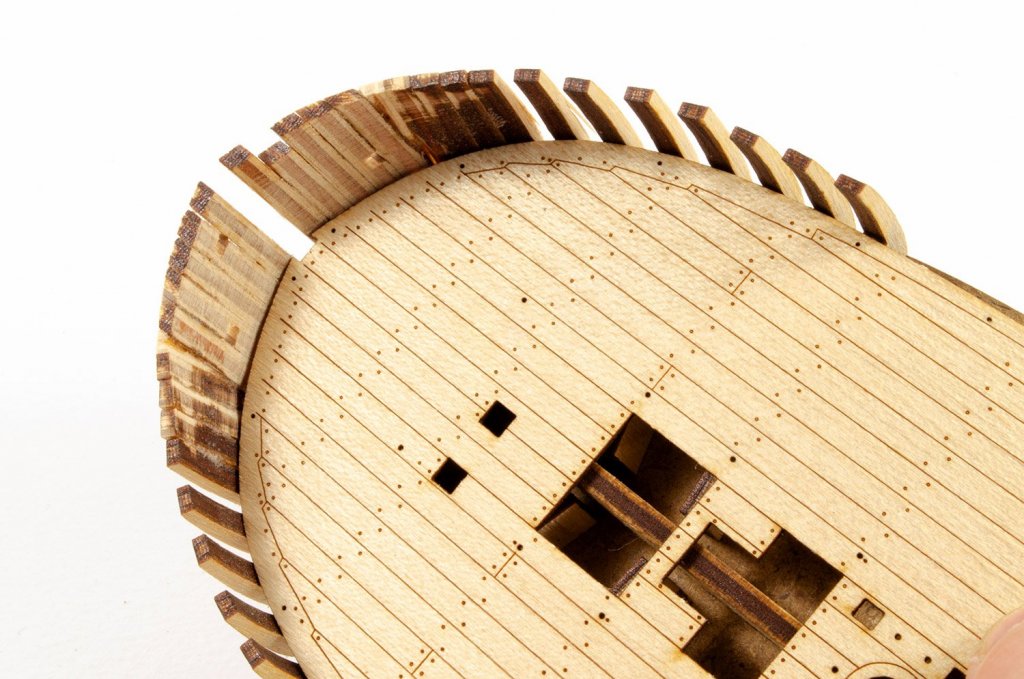
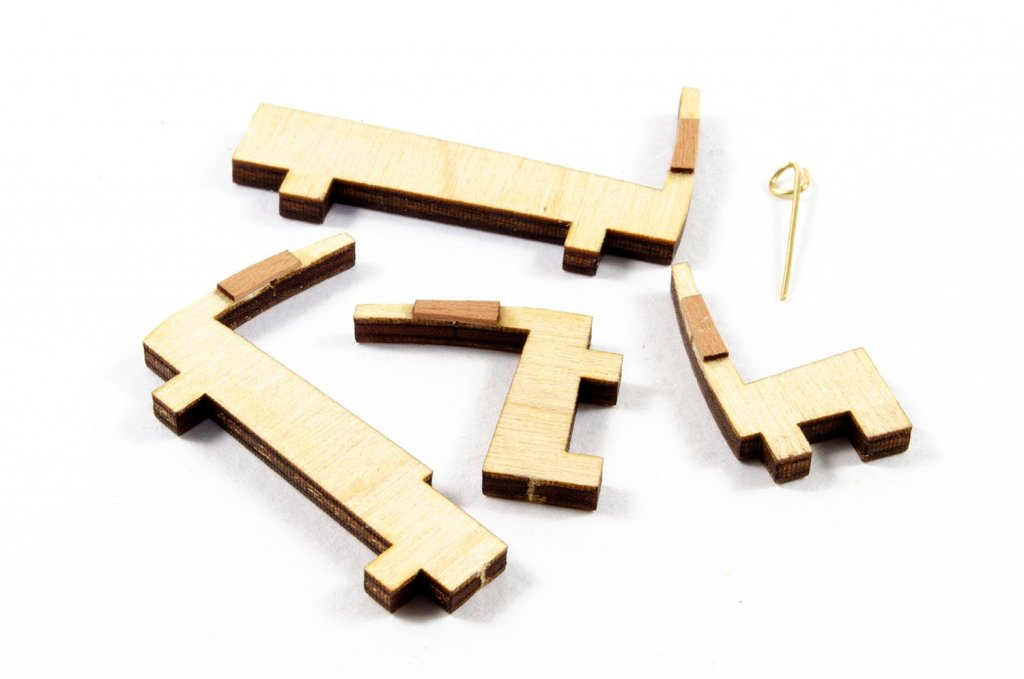
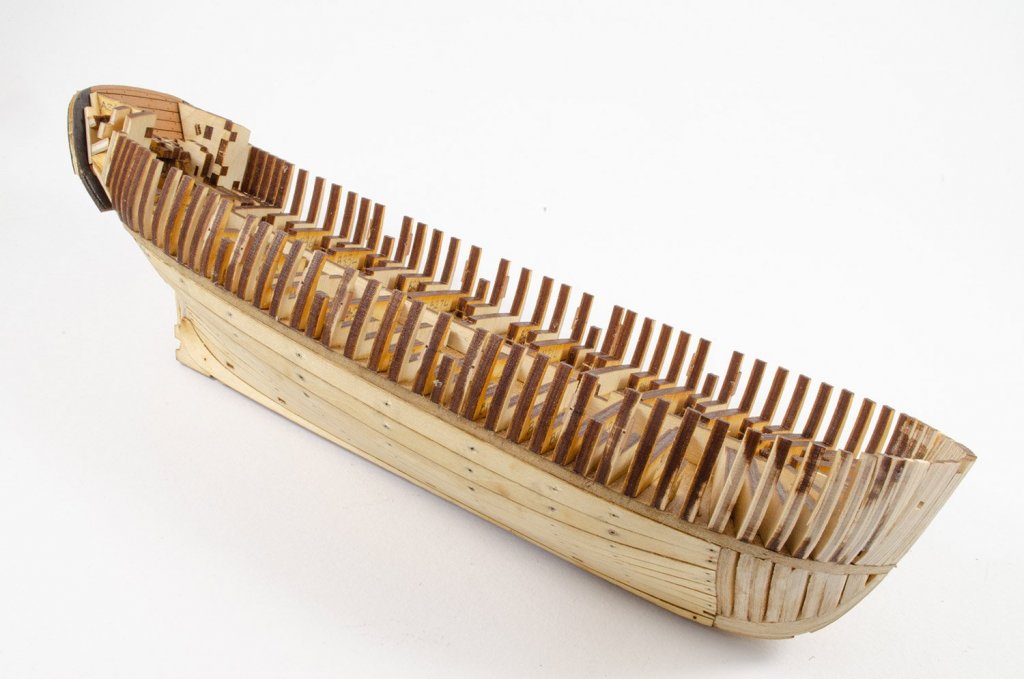
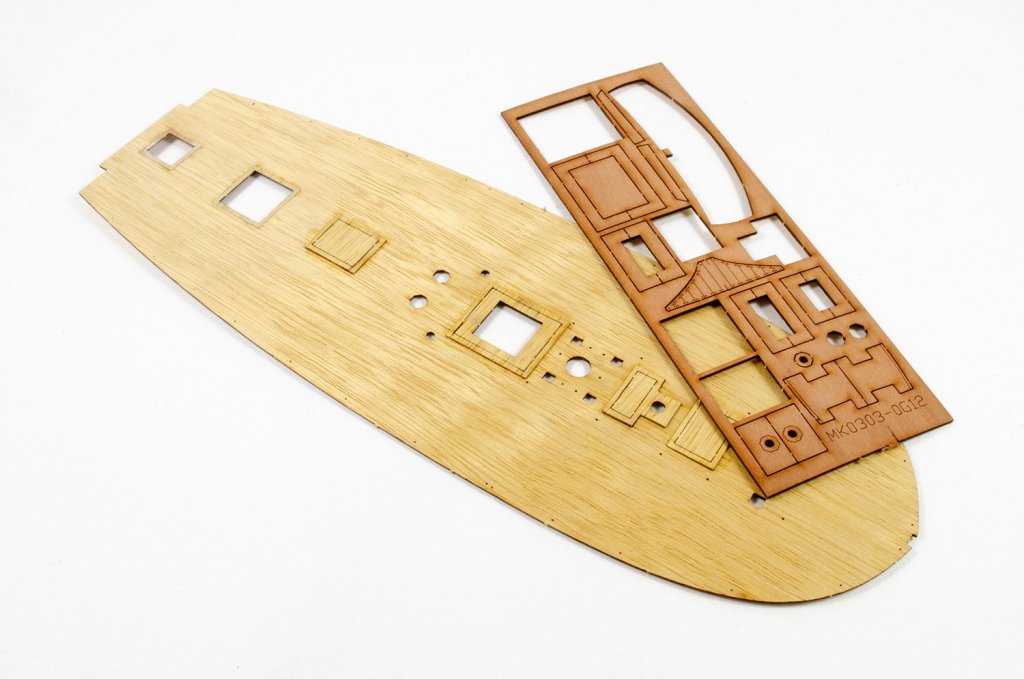
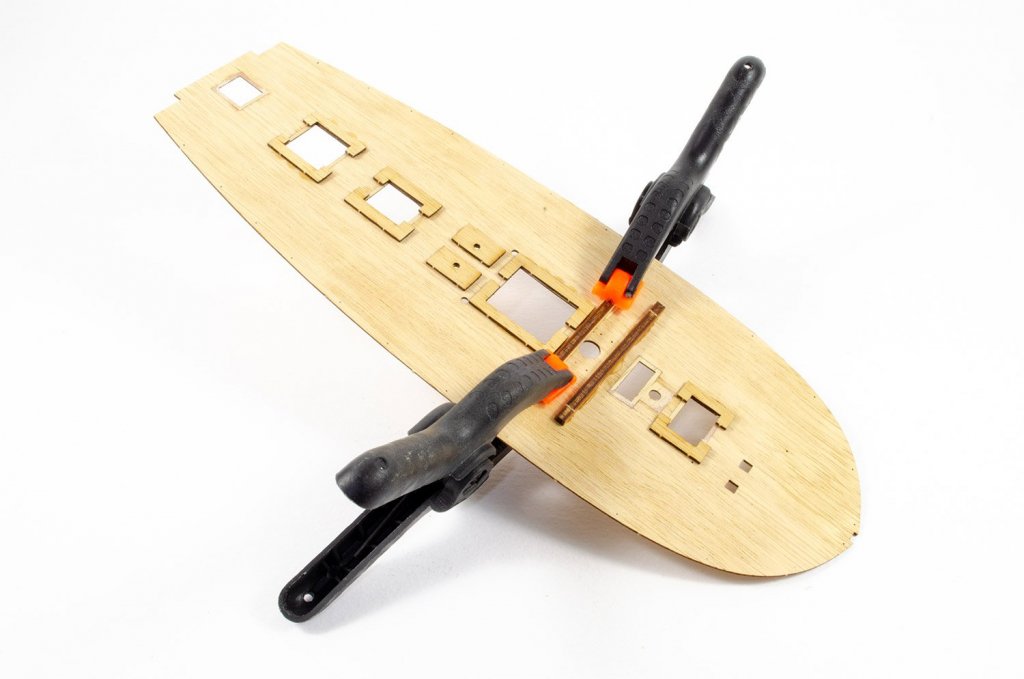
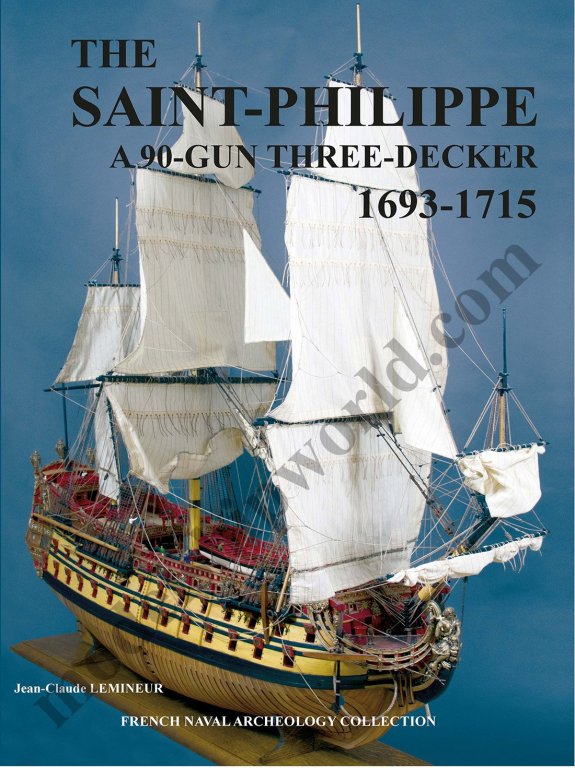
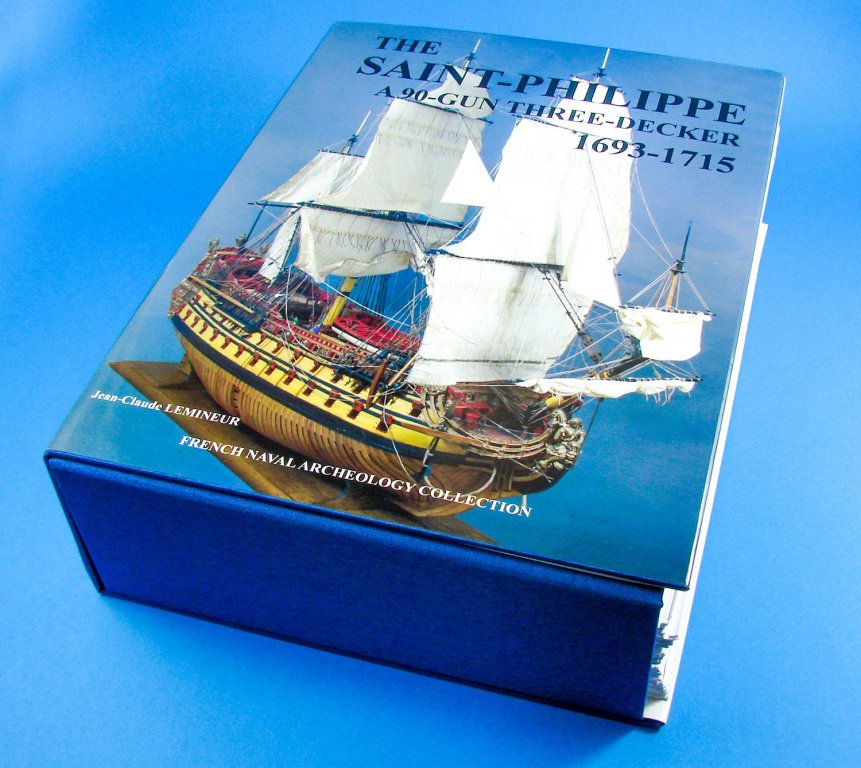

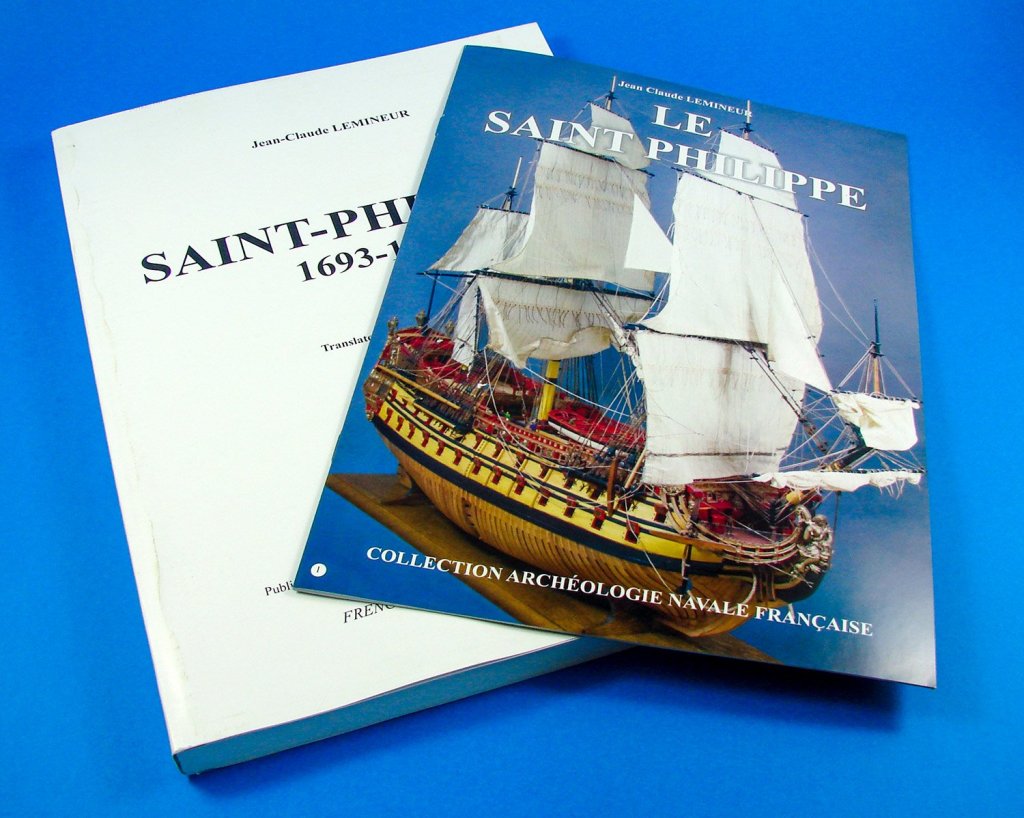
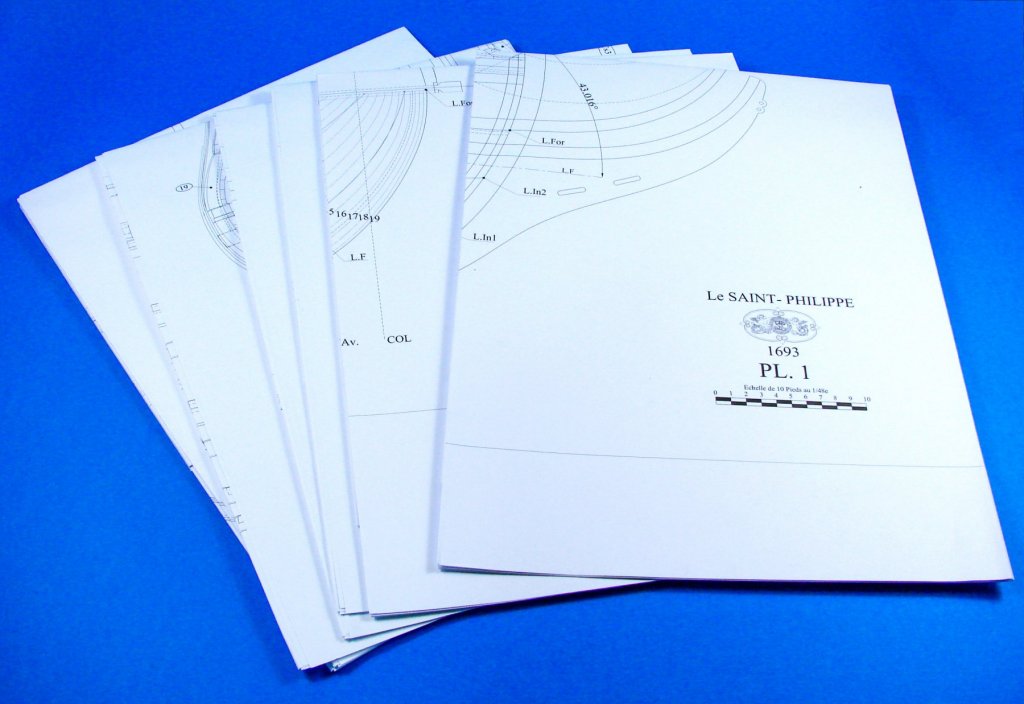
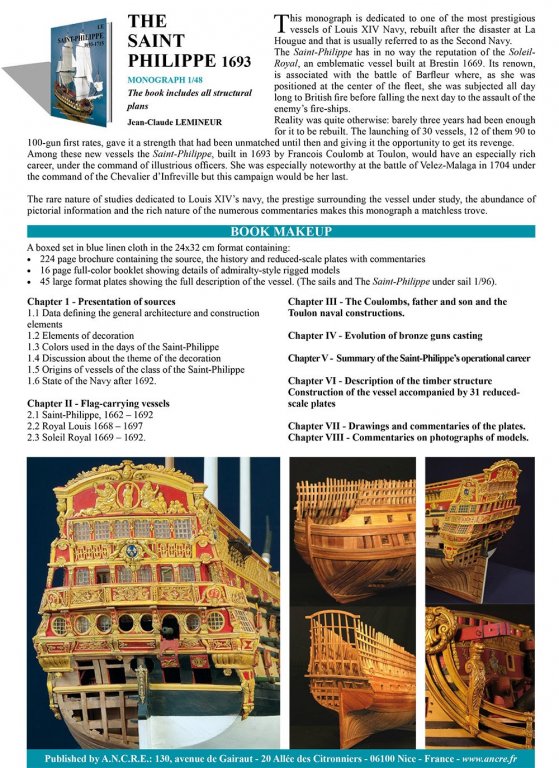
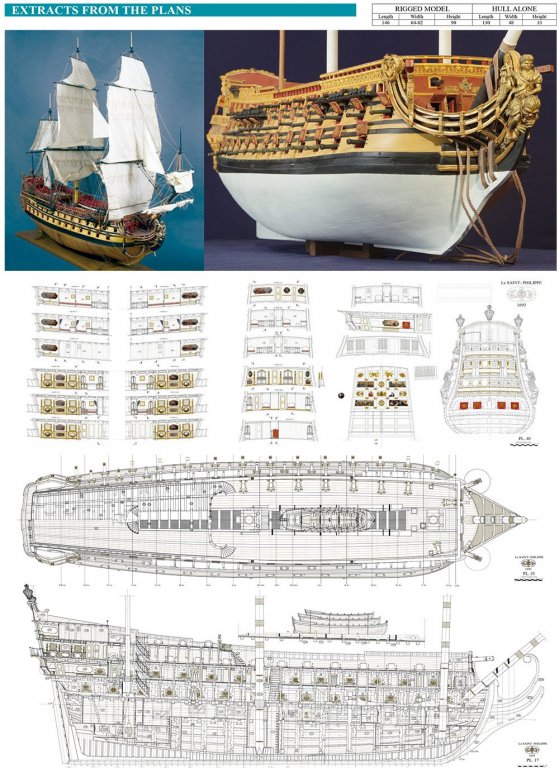
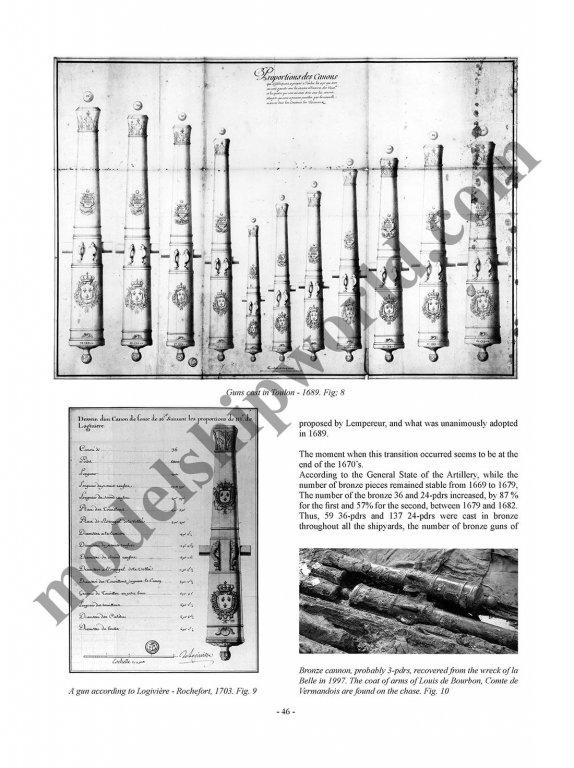

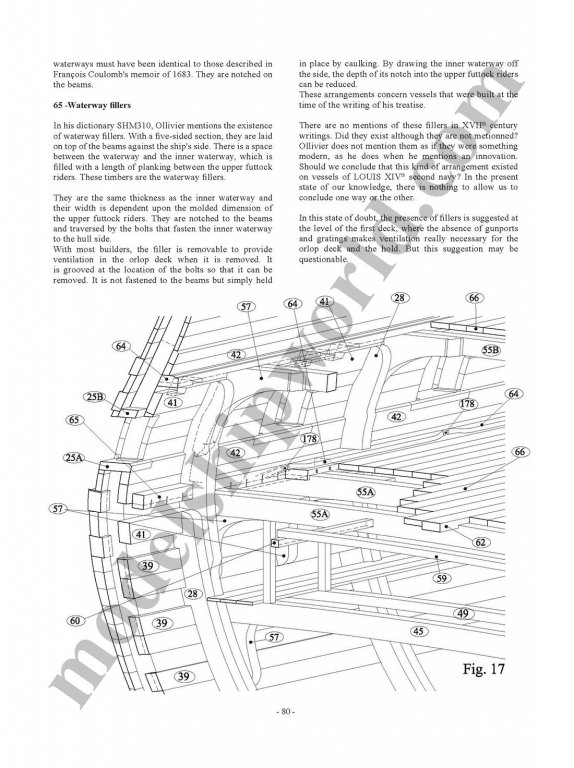
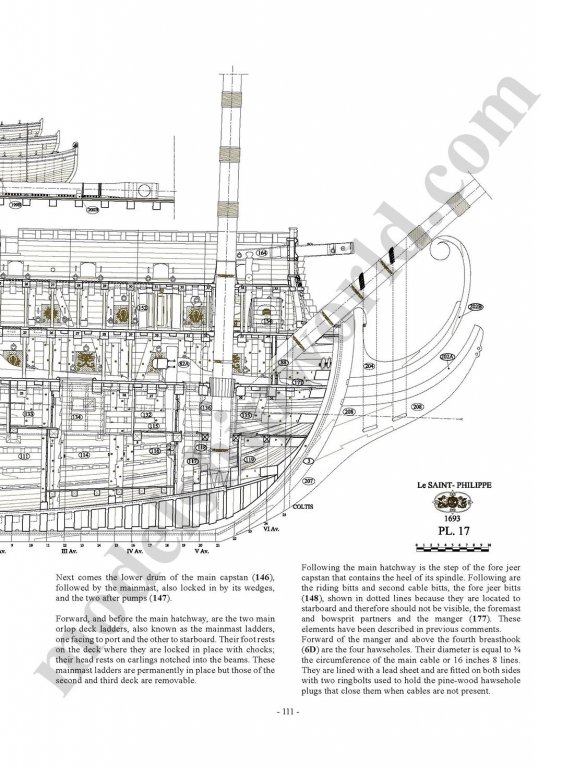
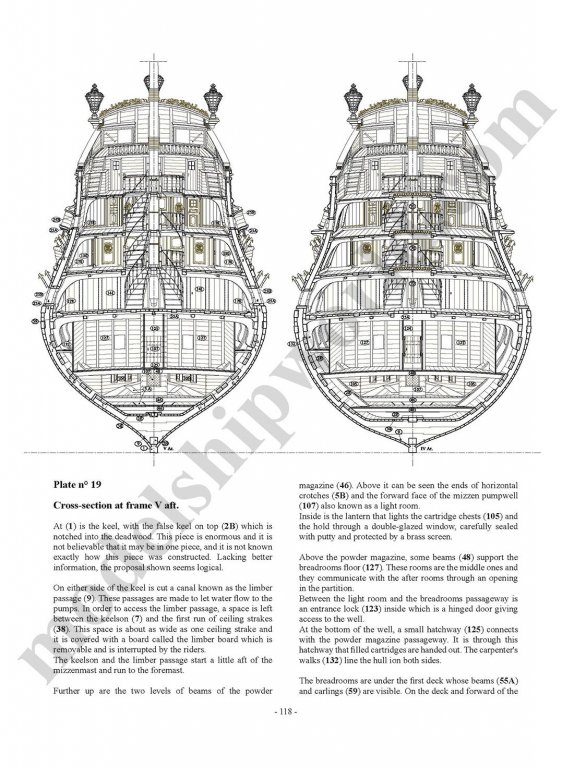
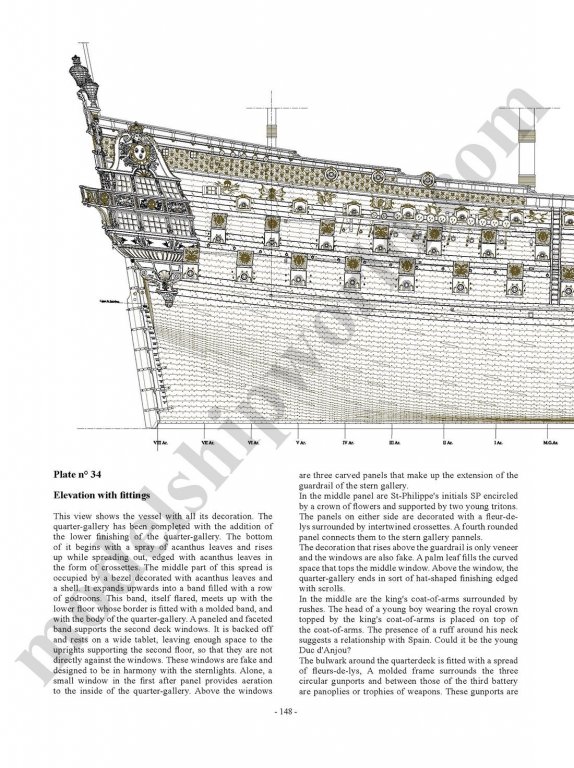
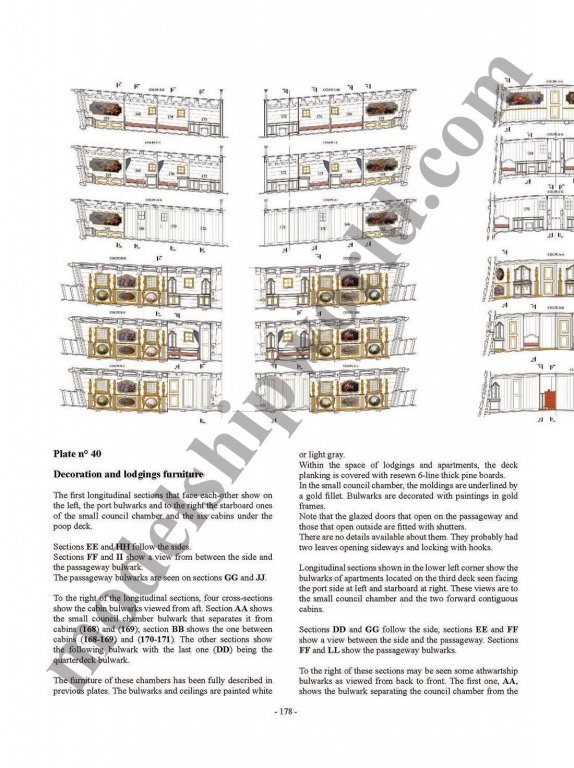
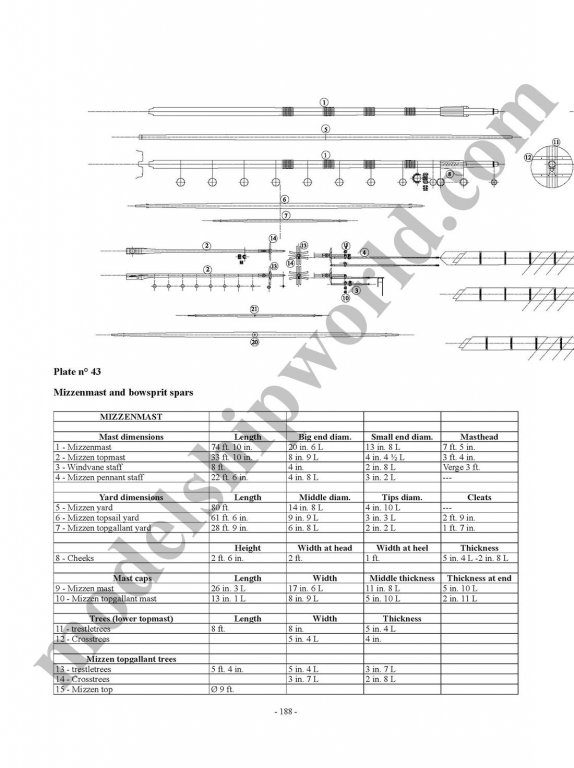

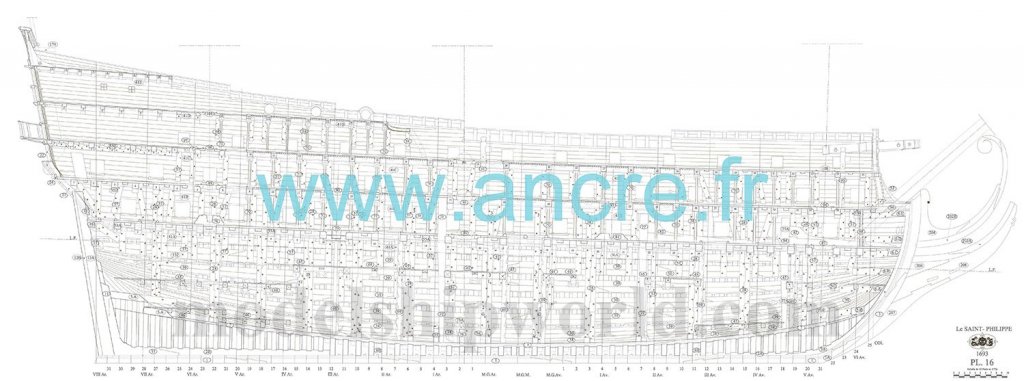
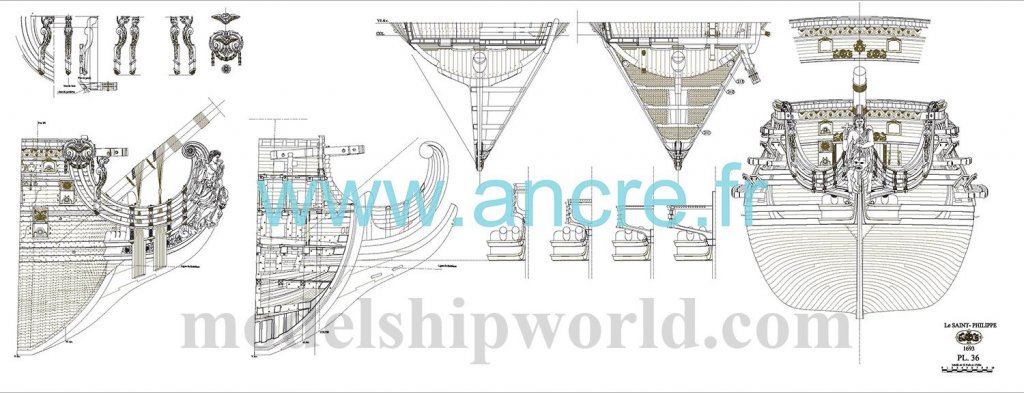
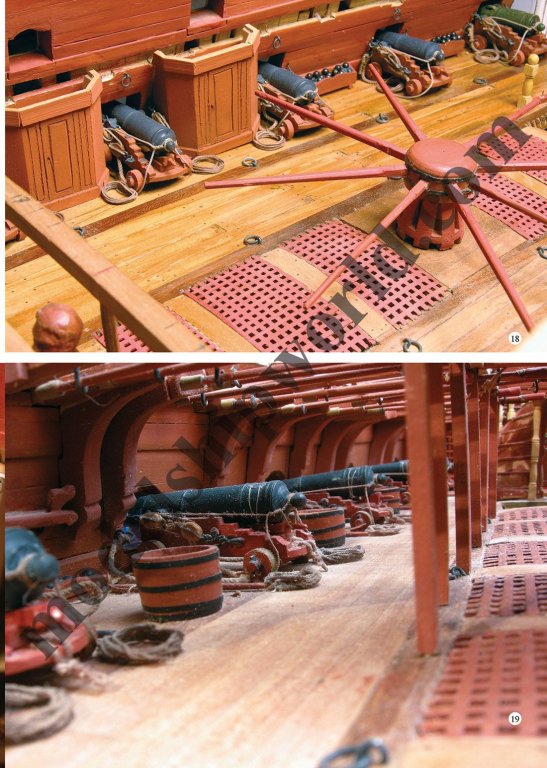
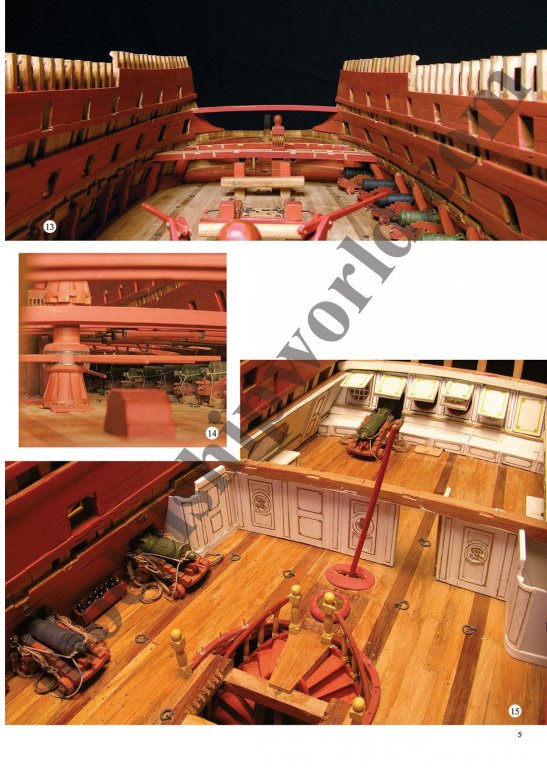
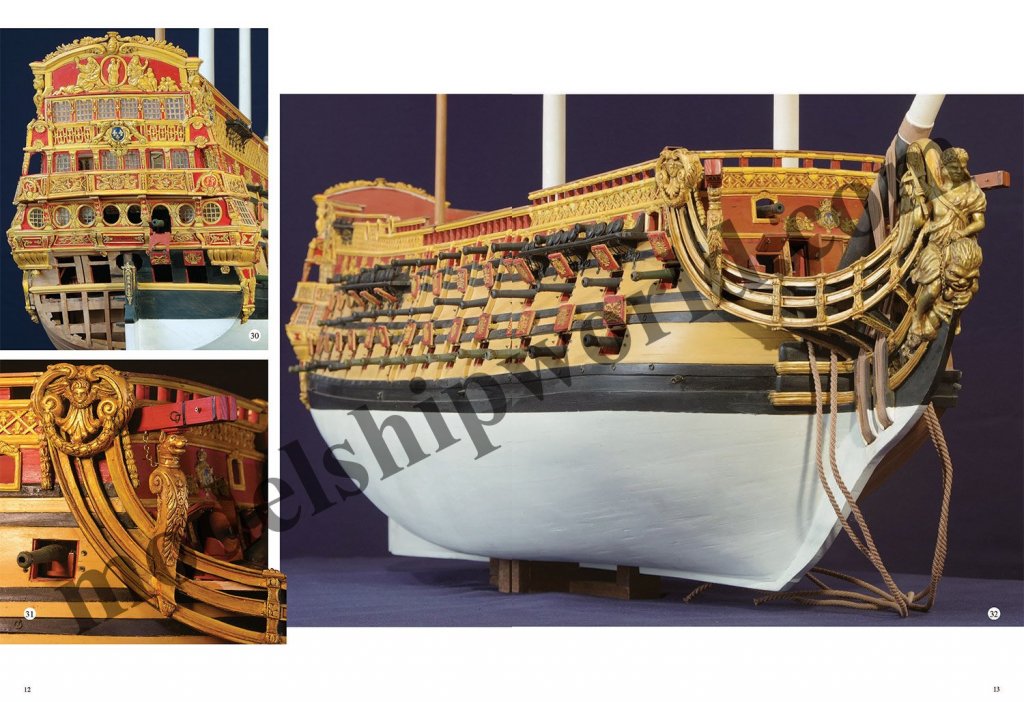
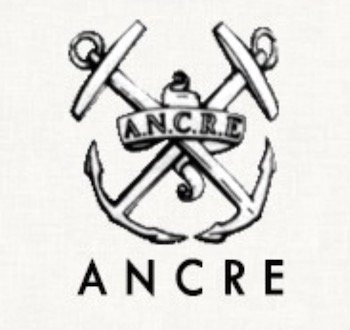
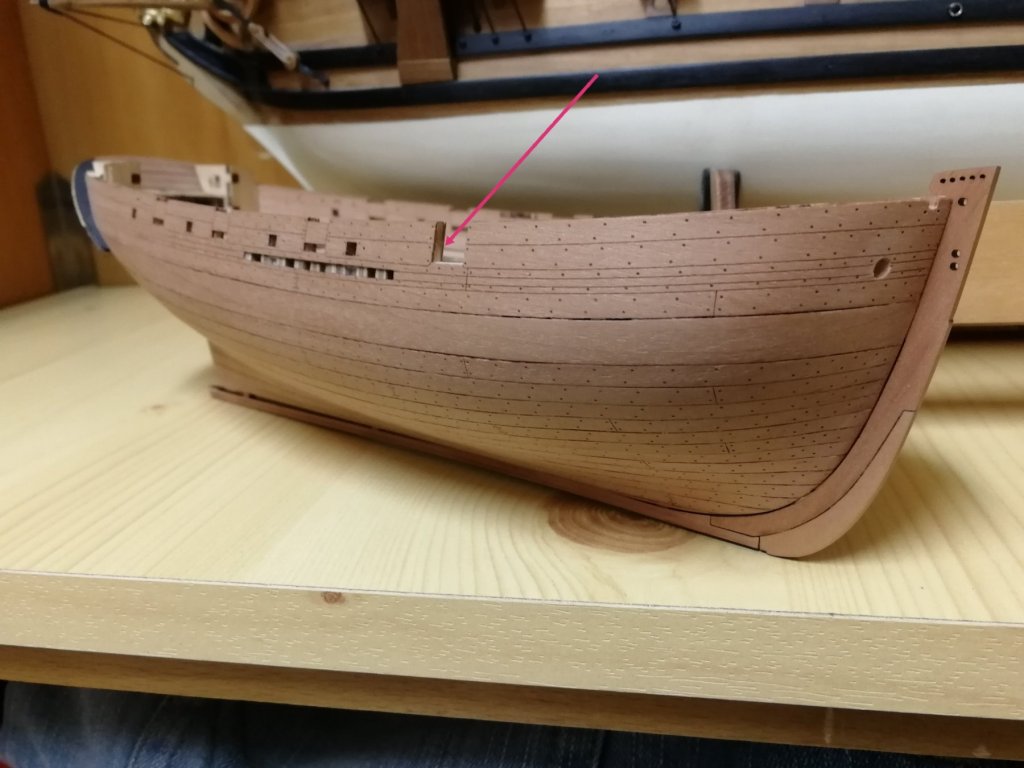
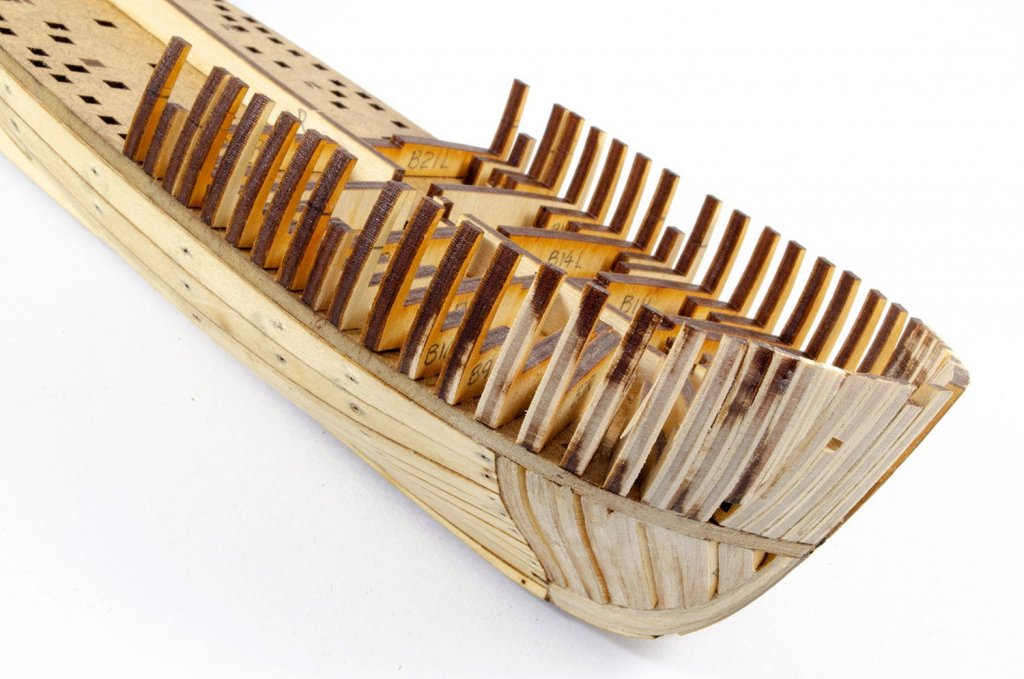

What manufacturers are actually developing new kits?
in Traders, Dealers, Buying or Selling anything? - Discuss New Products and Ship Model Goodies here as well!!
Posted
MarisStella, Amati, OcCre, to name three more.